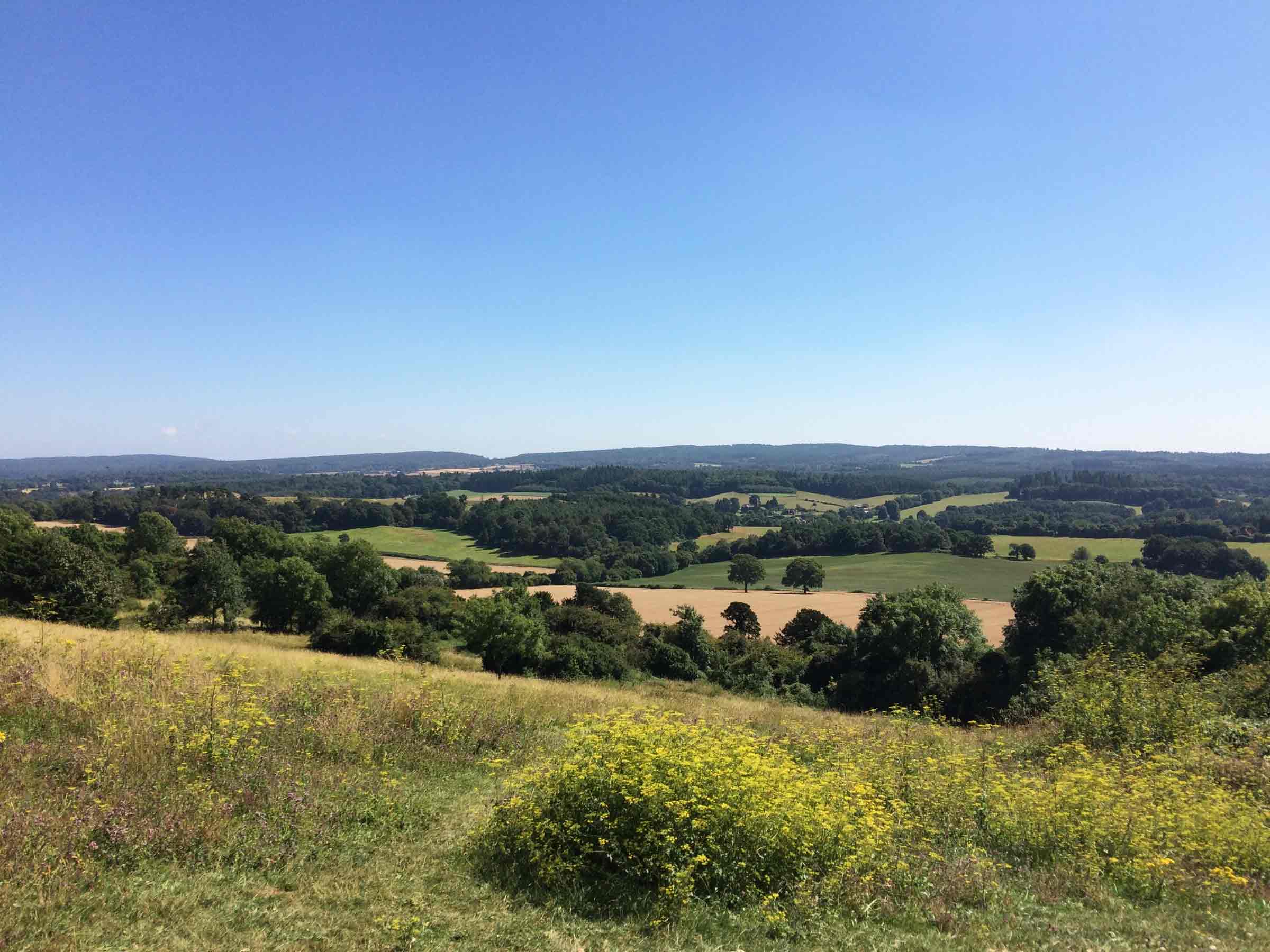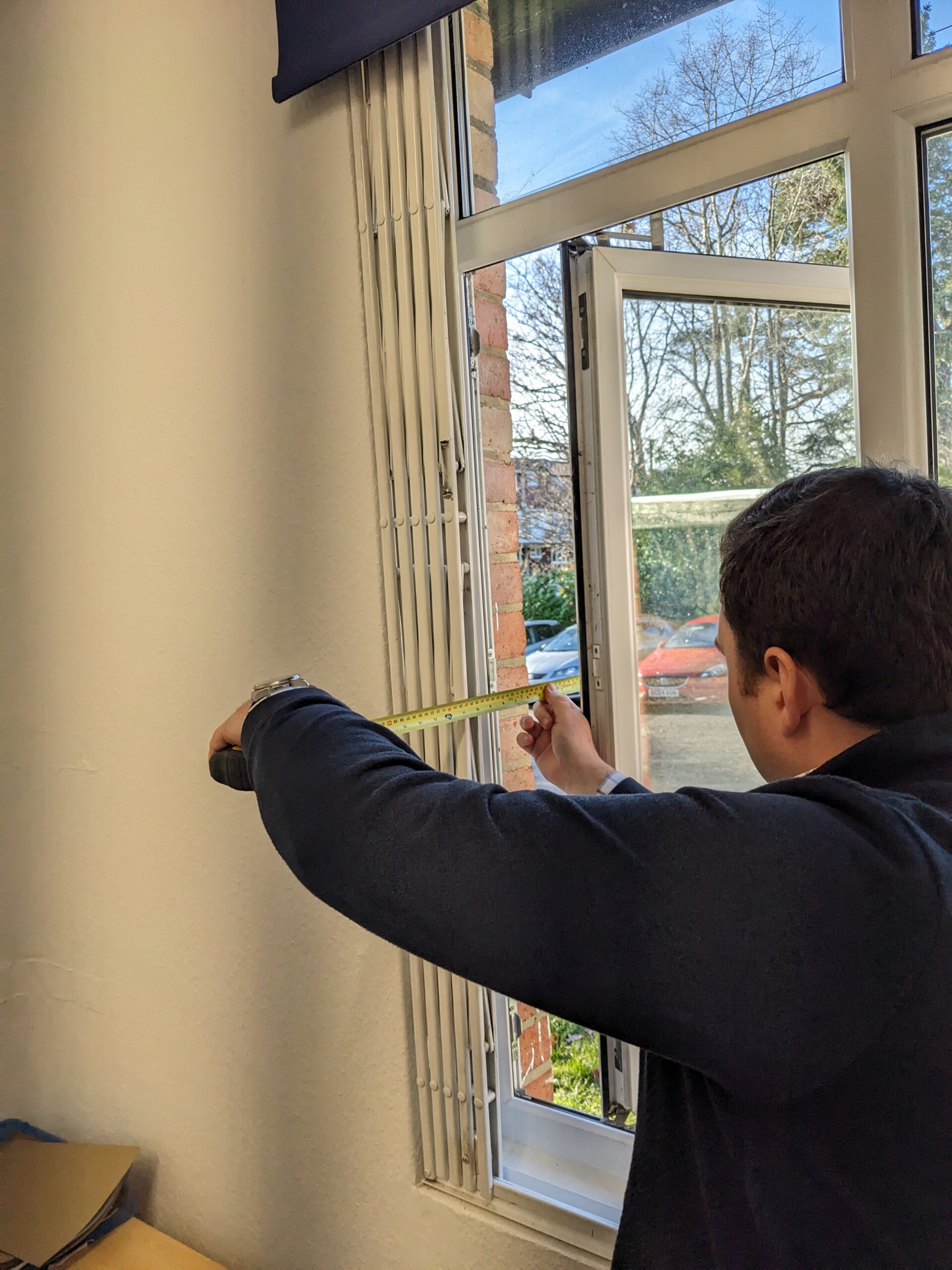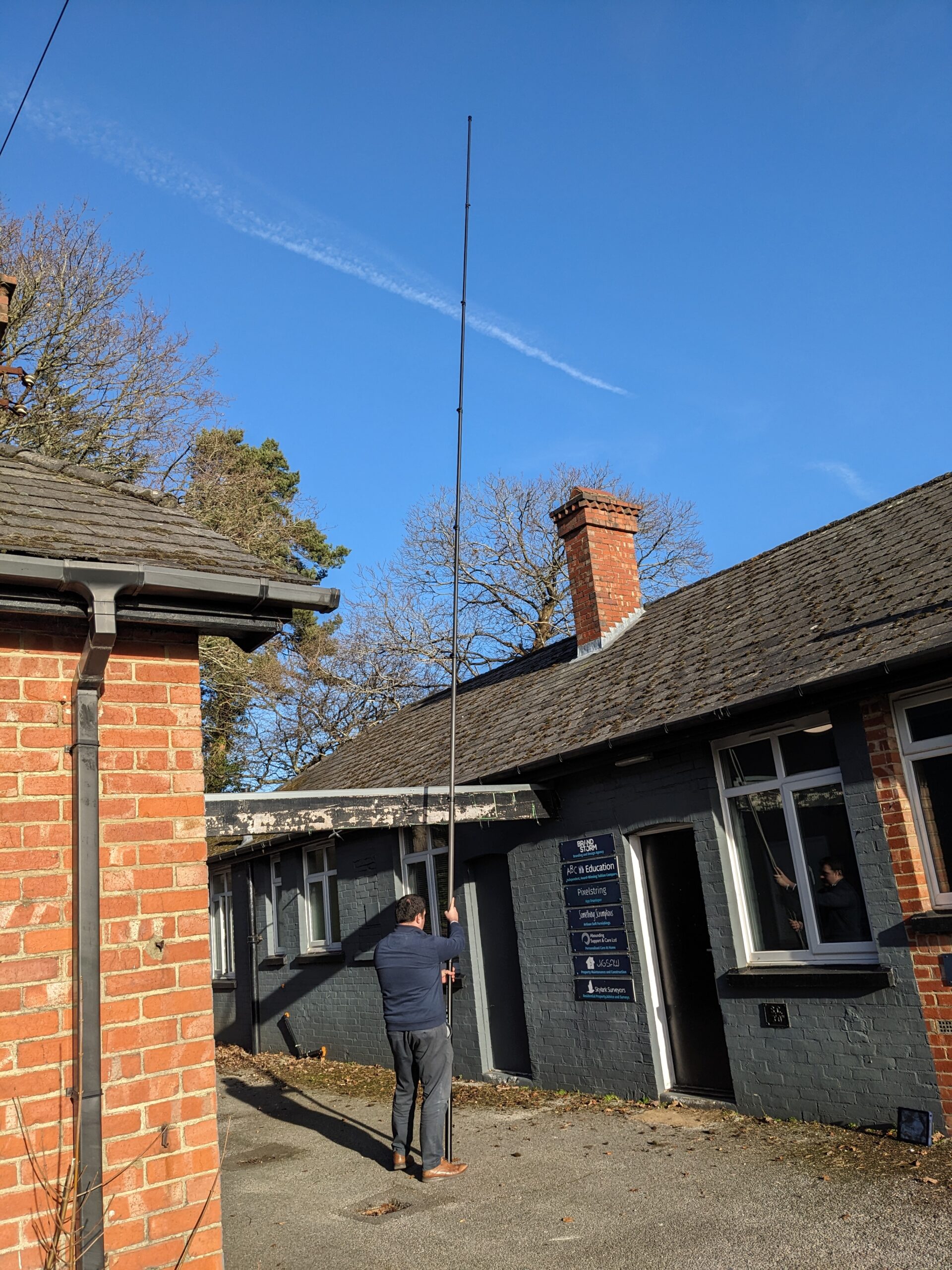
RICS Home Surveys
High quality RICS Level 2 and Level 3 Surveys
We take pride in producing survey reports to the highest standard, based on a thorough inspection. Our aim is to ensure you have a good understanding of the property you are purchasing, so that you can make informed decisions.
Included in our service is:
- A methodical inspection of the property. We take the time required on site to check each area of the property including roofs, walls, windows and doors, floors, Kitchen and Bathroom fittings, Garages, grounds and a check of the heating, hot water, electrics, gas and foul drains.
- We utilise the latest inspection technology. Kit we use on site includes; thermal imaging cameras – for checking insulation and heating systems, endoscope cameras – for inspecting cavities and sub floor structures, a telescopic camera pole – for inspecting roofs and chimneys, and more.
- Contact with your surveyor. Speak with your surveyor prior to the survey to discuss any concerns, and receive a follow up call or email afterwards to run through the main findings ahead of the report.
- A detailed bespoke report. A thorough professional report written in jargon free language. The report covers the condition of the structure, identifies any risks and future maintenance issues, and considers local environmental factors. Our RICS Level 3 report includes a costed summary of the major repairs which can be expected, along with comments about the energy efficiency of the building.

What happens during a survey?
We are often asked, what we look for during a survey, what is checked, and how the inspection is carried out. The following page describes how a typical survey is carried out at Skylark Surveyors.
Pre Survey Research
Before going out on site, it is important that your surveyor has considered the local area, and is aware of factors including flood risk, soil type in the area, and any environmental factors for example. Your surveyor will also read the Energy Performance Certificate (if applicable), look at whether there is a planning record for the property and at nearby properties, read the estate agents details (if available), the property Listing (if a Listed Building) and any other factors considered to be relevant.
Outside the property
In order to make a thorough inspection of chimney stacks, and roof coverings, including any flat roofs, we inspect the high level features with a camera on a telescopic pole.
Replacing a roof covering, or repairing a defective chimney can be expensive, and it is important that you are aware of the condition of these parts before committing to purchase a property.
The inspection of the exterior of the building continues with an examination of the walls, windows, doors, and external joinery. Any conservatories or porches are also inspected and considered.


Inside the property
An inspection of the interior of the building usually begins with the roof structure. We will check the structure itself, the roof lining, ventilation and insulation. Moving back into the building we will inspect the ceilings (a common area to find asbestos), walls, including checking for damp, the floors and floor coverings.
After we have inspected the structural parts of the building we will also inspect Kitchen and Utility Room fittings, Bathroom fittings and internal joinery such as doors, staircases, skirting boards and door frames.
Services
Though we are not qualified electricians, or heating engineers, we will check for old wiring, circuit breakers, that boilers fire up OK, whether there are any visible leaking pipes, the size and condition of hot water tanks and so on. The foul drainage inspection chambers will be lifted where safe and possible to do so, and the underground pipework observed from the chamber.
Garage, Outbuildings and Grounds
If there are any Garages or Outbuildings, we will conduct an inspection of many of the same elements as in the main part of the property, looking at the structure, fittings and services.
It is also important to make a detailed inspection of the grounds, as expensive repairs can result from faulty retaining walls, defective fencing, or shared roads.
Request a Quote Below:
Frequently Asked Questions
“How soon can you carry out the survey?“
Usually we have availability to carry out the survey inspection within two weeks. If you are in a particular hurry, please do contact us and we will see what we can accommodate.
“How long does it take to receive the survey report?“
After the survey inspection, we aim to turn the report around within a week.
“Can I speak to the surveyor about the report?”
We will be more than happy to discuss the findings of the survey with you, and to answer any questions.
“How long does the survey take on site?“
This of course depends on the size of the property. An inspection of a flat may last under two hours, a three or four bedroom house perhaps two to four hours, and anything larger or an old Listed Building may last longer than that. In each case we will take as long as is necessary to inspect all areas and gather sufficient information about the property.
“What is the difference between a Level 2 and a Level 3 Survey?”
A Level 2 Survey is most suited for a relatively modern property of conventional construction which has not been significantly altered or extended. The report covers the essential elements, but is a little more brief in its explanation of remedies to defects and maintenance advice.
The Level 3 survey goes into greater detail about each component, and provides additional advice about energy efficiency, and perhaps most useful is a costed summary detailing budget costs for the major repairs required to the building. A Level 3 survey is recommended for older properties, and those which have been extended and altered or modernised.

